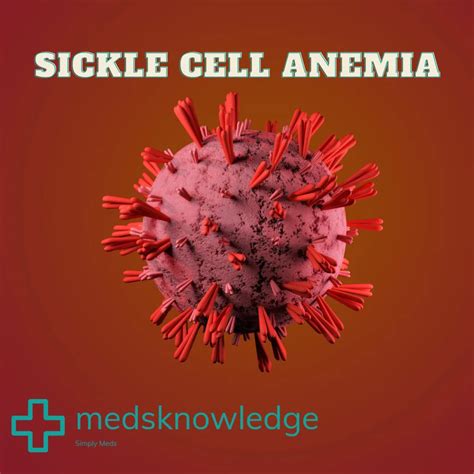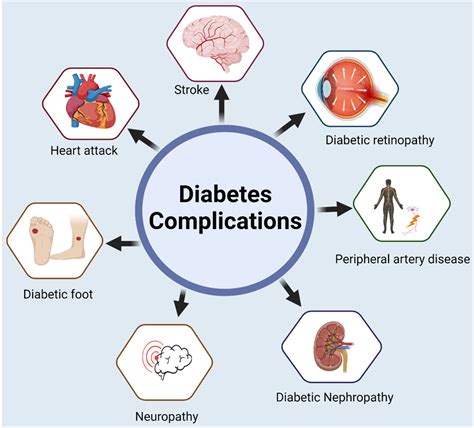Intro
Sickle Cell Anemia difficulties include painful crises, organ damage, and increased infections, impacting daily life and requiring ongoing management of symptoms and complications.
Sickle cell anemia is a genetic disorder that affects the production of hemoglobin, a protein in red blood cells that carries oxygen to different parts of the body. This disorder is characterized by the presence of abnormal hemoglobin, known as sickle hemoglobin or hemoglobin S, which can cause red blood cells to become misshapen and break down. The difficulties associated with sickle cell anemia are numerous and can have a significant impact on the quality of life of individuals affected by the disorder. In this article, we will delve into the complexities of sickle cell anemia and explore the various challenges that individuals with the disorder face.
The importance of understanding sickle cell anemia cannot be overstated. It is a condition that affects millions of people worldwide, with the majority of cases found in sub-Saharan Africa, the Middle East, and India. In the United States, it is estimated that approximately 100,000 people have sickle cell anemia, with the majority being of African American descent. The disorder is not only a significant health concern but also a major economic burden, with the cost of medical care and lost productivity estimated to be in the billions of dollars.
As we explore the difficulties associated with sickle cell anemia, it is essential to recognize the complexity of the disorder and the various factors that contribute to its progression. Sickle cell anemia is a multifaceted condition that requires a comprehensive approach to management, including medical treatment, lifestyle modifications, and emotional support. By understanding the challenges associated with sickle cell anemia, we can work towards developing effective strategies for managing the disorder and improving the quality of life for individuals affected.
Understanding Sickle Cell Anemia

Causes and Risk Factors
The causes of sickle cell anemia are complex and multifaceted. The disorder is caused by a mutation in the HBB gene, which codes for the production of hemoglobin. The mutation leads to the production of abnormal hemoglobin, which can cause red blood cells to become misshapen and break down. There are several risk factors that increase the likelihood of developing sickle cell anemia, including a family history of the disorder, African American or Hispanic ethnicity, and a history of blood transfusions.Symptoms and Complications

Management and Treatment
The management and treatment of sickle cell anemia are complex and multifaceted. Medical treatment may include pain management, blood transfusions, and medications to reduce the risk of complications. Lifestyle modifications, such as maintaining a healthy diet, staying hydrated, and avoiding triggers that can exacerbate symptoms, are also essential for managing the disorder. In addition to medical treatment and lifestyle modifications, emotional support and counseling can play a critical role in helping individuals cope with the challenges associated with sickle cell anemia.Challenges and Difficulties

Coping Mechanisms and Support
Coping mechanisms and support are essential for individuals with sickle cell anemia. This may include: * Joining support groups and online communities * Seeking counseling and therapy * Maintaining a healthy lifestyle, including a balanced diet and regular exercise * Staying connected with family and friends * Seeking medical care and specialized treatment * Accessing resources and services, including financial assistance and disability benefitsCurrent Research and Developments

Future Directions and Prospects
The future directions and prospects for sickle cell anemia are promising, with ongoing research and developments aimed at improving our understanding of the disorder and developing effective treatments and therapies. Some of the potential future directions include: * Personalized medicine and tailored treatments * Increased use of gene therapy and gene editing * Development of new medications and therapies * Improved access to healthcare and specialized care * Increased awareness and education about sickle cell anemiaConclusion and Final Thoughts

As we reflect on the complexities of sickle cell anemia, it is essential to recognize the importance of continued research and support for individuals affected by the disorder. By working together, we can improve our understanding of sickle cell anemia and develop effective strategies for managing the disorder and improving the quality of life for individuals affected.
What is sickle cell anemia?
+Sickle cell anemia is a genetic disorder that affects the production of hemoglobin, a protein in red blood cells that carries oxygen to different parts of the body.
What are the symptoms of sickle cell anemia?
+The symptoms of sickle cell anemia can vary in severity and may include episodes of pain, fatigue, shortness of breath, and increased risk of infections.
How is sickle cell anemia treated?
+The treatment of sickle cell anemia is complex and multifaceted, and may include pain management, blood transfusions, and medications to reduce the risk of complications.
What are the challenges and difficulties associated with sickle cell anemia?
+The challenges and difficulties associated with sickle cell anemia are numerous and can have a significant impact on the quality of life of individuals affected by the disorder, including chronic pain and fatigue, increased risk of infections and other complications, and emotional and psychological distress.
What is the current research and developments in sickle cell anemia?
+Current research and developments in sickle cell anemia are focused on improving our understanding of the disorder and developing effective treatments and therapies, including gene therapy and gene editing, stem cell transplantation, and new medications and therapies.
We invite you to share your thoughts and experiences with sickle cell anemia. Your comments and feedback are essential in helping us improve our understanding of the disorder and developing effective strategies for managing the disorder and improving the quality of life for individuals affected. Please feel free to share this article with others, and let's work together to raise awareness and support for sickle cell anemia.
